Home>Gardening & Outdoor>Landscaping Ideas>When To Plant Decorative Grass
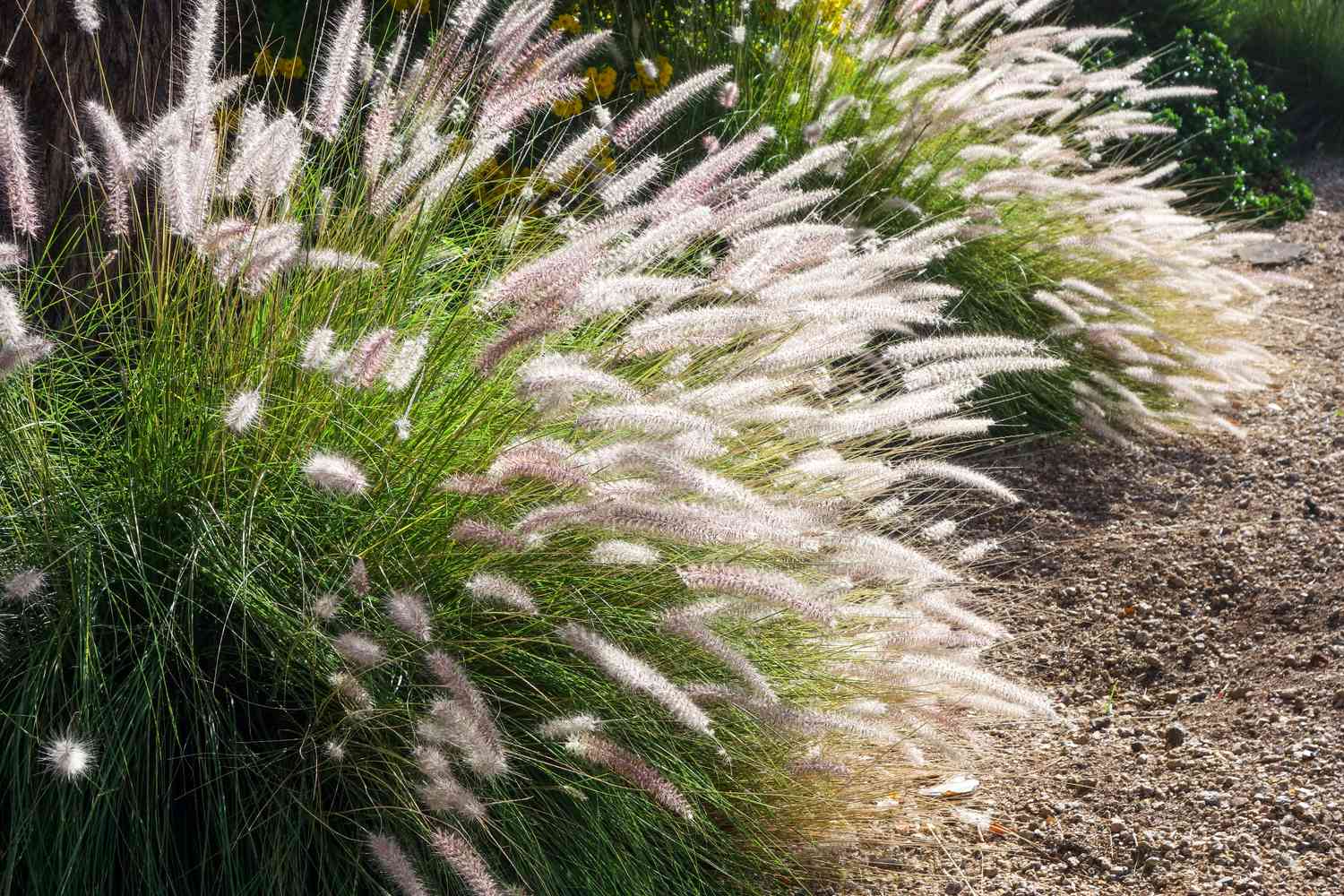

Landscaping Ideas
When To Plant Decorative Grass
Modified: August 27, 2024
Learn the best timing for planting decorative grass in your landscaping. Get expert tips and ideas for creating a stunning outdoor space.
(Many of the links in this article redirect to a specific reviewed product. Your purchase of these products through affiliate links helps to generate commission for Storables.com, at no extra cost. Learn more)
Introduction
Decorative grasses are a versatile and visually appealing addition to any landscape. Their graceful foliage, striking textures, and varying heights make them an excellent choice for adding depth and interest to gardens, borders, and outdoor spaces. Whether you are looking to create a serene, naturalistic setting or add a contemporary touch to your landscape, decorative grasses offer a wide range of options to suit your preferences.
In this article, we will explore the art of incorporating decorative grasses into your outdoor environment, focusing on the optimal timing for planting. By understanding the characteristics of these ornamental plants and the key considerations for successful cultivation, you can elevate the aesthetic appeal of your landscape while providing a habitat for beneficial wildlife.
Join us as we delve into the world of decorative grasses, uncovering the best practices for planting and caring for these elegant additions to your outdoor sanctuary. Whether you are a seasoned gardener or a novice enthusiast, this guide will provide valuable insights to help you make the most of your landscaping endeavors.
Key Takeaways:
- The best time to plant decorative grasses is in the spring or early fall, as it provides the ideal conditions for their growth and establishment, ensuring a visually captivating garden display.
- Before planting decorative grasses, consider factors like climate, soil, sunlight, space, and maintenance to make informed decisions. This will contribute to the long-term health and visual impact of your outdoor space.
Read more: When To Plant Grass In Maryland
Understanding Decorative Grass
Decorative grasses, also known as ornamental grasses, encompass a diverse group of plants valued for their aesthetic appeal and functional benefits. Unlike traditional lawn grasses, decorative grasses are cultivated for their striking visual qualities, which include a wide array of textures, colors, and growth habits.
These versatile plants can be utilized in various landscaping applications, such as borders, mass plantings, containers, and naturalistic settings. Their architectural form and graceful movement in the breeze add a dynamic dimension to outdoor spaces, making them an essential component of modern landscape design.
One of the key attributes of decorative grasses is their adaptability to different environmental conditions. From sun-drenched meadows to shaded woodland areas, there is a decorative grass species suitable for almost every landscape. Additionally, many varieties are drought-tolerant and low-maintenance, making them an attractive option for eco-conscious gardeners.
Furthermore, decorative grasses offer year-round interest, with their foliage providing structure and color even during the winter months. In addition to their visual appeal, these plants serve ecological functions by providing shelter and food for birds, insects, and other wildlife.
Understanding the diverse characteristics and growth habits of decorative grasses is essential for selecting the right species for your landscape. Whether you are drawn to the fine, delicate blades of fescue grass or the bold, upright forms of miscanthus, each variety brings its own unique charm to the outdoor environment.
As we continue our exploration of decorative grasses, we will delve into the factors to consider before planting to ensure the successful integration of these stunning plants into your landscape.
Factors to Consider Before Planting
Before embarking on the journey of incorporating decorative grasses into your landscape, it is essential to consider several key factors to ensure the success of your planting endeavors. By carefully evaluating these elements, you can make informed decisions that will contribute to the long-term health and visual impact of your outdoor space.
- Climate and Hardiness: Assess the climate of your region and select decorative grass varieties that are well-suited to the local conditions. Consider factors such as temperature extremes, humidity levels, and frost patterns to choose grasses that will thrive in your specific environment.
- Soil Type and Drainage: Evaluate the soil composition and drainage characteristics of your planting area. Decorative grasses have varying soil preferences, with some species thriving in well-drained, sandy soils, while others prefer moisture-retentive loam. Understanding your soil type will guide you in selecting grasses that are compatible with the existing conditions.
- Sunlight Requirements: Determine the sunlight exposure of the intended planting site. Some decorative grasses flourish in full sun, while others prefer partial shade. By assessing the sunlight patterns throughout the day, you can identify suitable locations for different grass species within your landscape.
- Space and Height Considerations: Consider the mature height and spread of the chosen grass varieties. This will help you plan the layout of your landscape, ensuring that taller grasses are positioned at the rear of borders or as focal points, while shorter varieties are used as edging or ground cover.
- Watering and Maintenance: Evaluate the maintenance requirements and watering needs of the selected decorative grasses. Some species are drought-tolerant and low-maintenance, while others may require regular watering and grooming. Understanding these maintenance aspects will assist in creating a sustainable and manageable landscape.
By carefully considering these factors, you can make informed decisions when selecting and siting decorative grasses in your landscape. In the following section, we will explore the optimal timing for planting these graceful ornamental plants, setting the stage for a successful and visually captivating garden display.
Best Time to Plant Decorative Grass
Timing plays a crucial role in the successful establishment of decorative grasses in the landscape. While these resilient plants can be planted at various times of the year, selecting the optimal season for planting is essential for ensuring their vigor and long-term growth. Understanding the best time to plant decorative grasses will contribute to their ability to thrive and enhance the visual appeal of your outdoor environment.
Spring and early fall are generally considered the best times to plant decorative grasses. These seasons offer favorable conditions for root establishment and growth, setting the stage for robust and healthy plants. Let’s explore the advantages of planting decorative grasses during these optimal periods:
- Spring Planting: Planting decorative grasses in the spring allows them to take advantage of the favorable weather conditions and increasing daylight. The soil is typically warm, promoting root development, and the plants have the entire growing season to establish themselves before the onset of winter. Spring planting also aligns with the natural growth cycle of many grass species, enabling them to acclimate and flourish in their new environment.
- Early Fall Planting: Early fall presents another opportune period for planting decorative grasses. The soil retains warmth from the summer months, creating an ideal environment for root establishment. Additionally, the cooler air temperatures reduce stress on the plants, allowing them to focus on root development without the added demands of extreme heat. Planting in early fall provides decorative grasses with ample time to establish strong root systems before the arrival of winter dormancy.
It is important to note that while spring and early fall are optimal for planting decorative grasses, these plants can be successfully planted throughout the growing season, provided that adequate care is given to support their establishment. However, planting during periods of extreme heat or cold should be avoided, as it can place additional stress on the plants and hinder their ability to thrive.
By aligning the planting of decorative grasses with the optimal seasons, you can maximize their potential for healthy growth and long-term vitality. In the next section, we will delve into the essential steps for planting decorative grasses, guiding you through the process of integrating these elegant ornamental plants into your landscape.
Plant decorative grass in the spring or fall for best results. This allows the grass to establish its roots before the extreme temperatures of summer or winter.
Planting Decorative Grass
Planting decorative grasses is an exciting endeavor that allows you to introduce texture, movement, and visual interest to your landscape. Whether you are creating a border of swaying grasses or incorporating them into mixed plantings, the process of planting decorative grasses requires careful attention to ensure their successful establishment and long-term health.
Before planting, it is essential to prepare the soil to provide an optimal growing environment for the decorative grasses. Follow these steps to plant decorative grasses with precision and care:
- Site Preparation: Select a planting site that aligns with the sunlight and soil preferences of the chosen decorative grass species. Clear the area of any weeds, debris, or competing vegetation to provide a clean canvas for the new plantings.
- Soil Amendment: Assess the soil quality and amend it as needed to improve drainage and fertility. Incorporate organic matter such as compost or well-rotted manure to enhance the soil structure and provide essential nutrients for the grasses.
- Planting Depth: Dig individual planting holes for the decorative grasses, ensuring that the depth and width accommodate the root ball or container size. Proper planting depth is crucial for the establishment of healthy root systems.
- Spacing: Space the decorative grasses according to their mature spread, allowing ample room for each plant to develop without overcrowding. Consider the recommended spacing guidelines for the specific grass species to promote optimal growth.
- Watering and Mulching: After planting, thoroughly water the decorative grasses to settle the soil around the roots. Apply a layer of organic mulch around the base of the plants to conserve moisture, suppress weeds, and insulate the soil.
- Establishment Care: Monitor the newly planted decorative grasses closely, providing regular watering during dry periods and ensuring that they receive adequate care as they acclimate to their new environment.
By following these steps and providing attentive care, you can lay the foundation for the successful establishment of decorative grasses in your landscape. As the grasses take root and begin to flourish, they will contribute to the visual harmony and natural allure of your outdoor space.
In the following section, we will explore the essential practices for caring for decorative grasses, guiding you in nurturing these elegant additions to your landscape for long-lasting beauty and vitality.
Read more: When To Plant Switch Grass
Caring for Decorative Grass
Once planted, caring for decorative grasses involves providing the necessary maintenance and attention to support their growth, health, and visual appeal. By implementing essential care practices, you can ensure that the ornamental grasses thrive and continue to enhance the beauty of your landscape throughout the seasons.
Here are key practices for caring for decorative grasses:
- Watering: While many decorative grasses are drought-tolerant once established, adequate watering is crucial during their initial growth phase. Water newly planted grasses regularly, ensuring that the soil remains consistently moist but not waterlogged. Once established, adjust the watering frequency based on the specific needs of the grass species and the prevailing weather conditions.
- Pruning and Grooming: Periodic pruning and grooming help maintain the aesthetic appeal of decorative grasses. In late winter or early spring, trim back the previous year’s growth to make way for new foliage. Use sharp, clean pruners to remove dead or damaged stems, and consider dividing and replanting overgrown clumps to rejuvenate the grasses and prevent overcrowding.
- Fertilization: While decorative grasses are generally low-maintenance, applying a balanced, slow-release fertilizer in early spring can provide essential nutrients for healthy growth. Avoid over-fertilizing, as excessive nitrogen can promote lush foliage at the expense of the graceful, natural appearance that characterizes ornamental grasses.
- Seasonal Maintenance: Throughout the year, monitor the decorative grasses for signs of pests, diseases, or nutrient deficiencies. Address any issues promptly to maintain the vigor and vitality of the plants. In the fall, consider leaving the dried foliage in place to provide winter interest and shelter for wildlife before trimming back the grasses in late winter or early spring.
- Winter Care: In regions with cold winters, some decorative grasses benefit from winter protection. Consider leaving the foliage intact until late winter to provide insulation for the crown of the plant. Once the worst of the winter weather has passed, trim back the grasses to make way for new growth.
By incorporating these care practices into your gardening routine, you can ensure the long-term health and visual impact of decorative grasses in your landscape. Their enduring beauty and graceful presence will continue to enrich your outdoor environment, providing year-round interest and contributing to the overall charm of your garden.
As we conclude our exploration of caring for decorative grasses, we invite you to embrace the art of cultivating these remarkable plants and witness the transformative effect they bring to your outdoor sanctuary.
Conclusion
In the realm of landscaping, the inclusion of decorative grasses offers an opportunity to elevate the visual allure and ecological richness of outdoor spaces. With their diverse textures, striking forms, and low-maintenance nature, decorative grasses have become a staple in modern landscape design, providing a harmonious balance of beauty and functionality.
Throughout this guide, we have delved into the art of integrating decorative grasses into your landscape, from understanding their diverse characteristics to exploring the optimal timing for planting and the essential care practices for nurturing their growth. By considering factors such as climate suitability, soil conditions, and sunlight exposure, you can make informed decisions when selecting and siting decorative grasses, ensuring their successful integration into your outdoor environment.
As you embark on the journey of incorporating decorative grasses into your landscape, remember that the best time to plant these elegant ornamental plants is during the spring and early fall, aligning with their natural growth cycles and providing favorable conditions for establishment. By following precise planting techniques and providing attentive care, you can lay the groundwork for the long-term health and vitality of decorative grasses in your garden.
Furthermore, the essential care practices for watering, pruning, and seasonal maintenance will contribute to the enduring beauty and resilience of decorative grasses, allowing them to thrive and enrich your landscape throughout the changing seasons. Their year-round interest and ecological contributions make decorative grasses a valuable addition to any outdoor sanctuary, providing habitat for wildlife and enhancing the overall aesthetic appeal of the garden.
As you witness the graceful movement and timeless elegance of decorative grasses in your landscape, you will appreciate the transformative effect they bring, infusing your outdoor space with a sense of natural harmony and visual poetry. Embrace the art of cultivating these remarkable plants, and allow them to become an integral part of your landscape narrative, weaving a tapestry of beauty and tranquility that captivates the senses and nourishes the soul.
May your journey with decorative grasses be filled with creativity, joy, and the enduring splendor of nature’s artistry.
Frequently Asked Questions about When To Plant Decorative Grass
Was this page helpful?
At Storables.com, we guarantee accurate and reliable information. Our content, validated by Expert Board Contributors, is crafted following stringent Editorial Policies. We're committed to providing you with well-researched, expert-backed insights for all your informational needs.
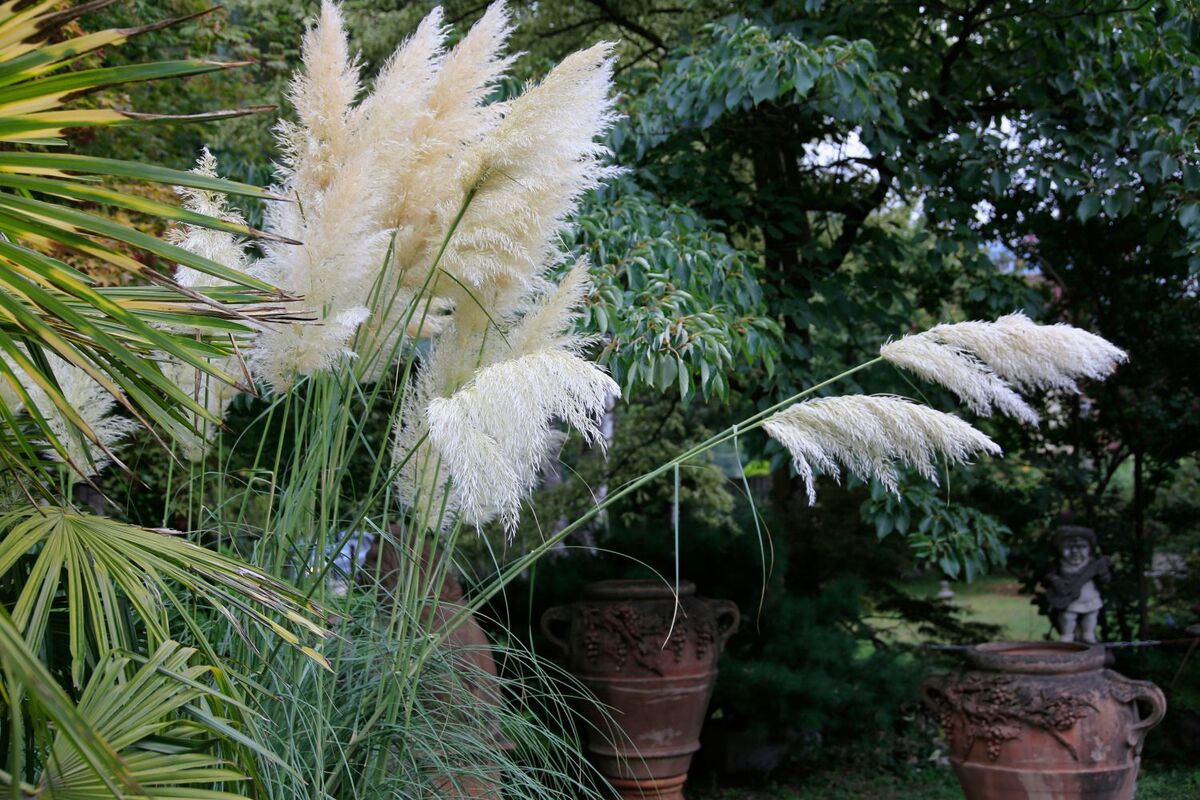
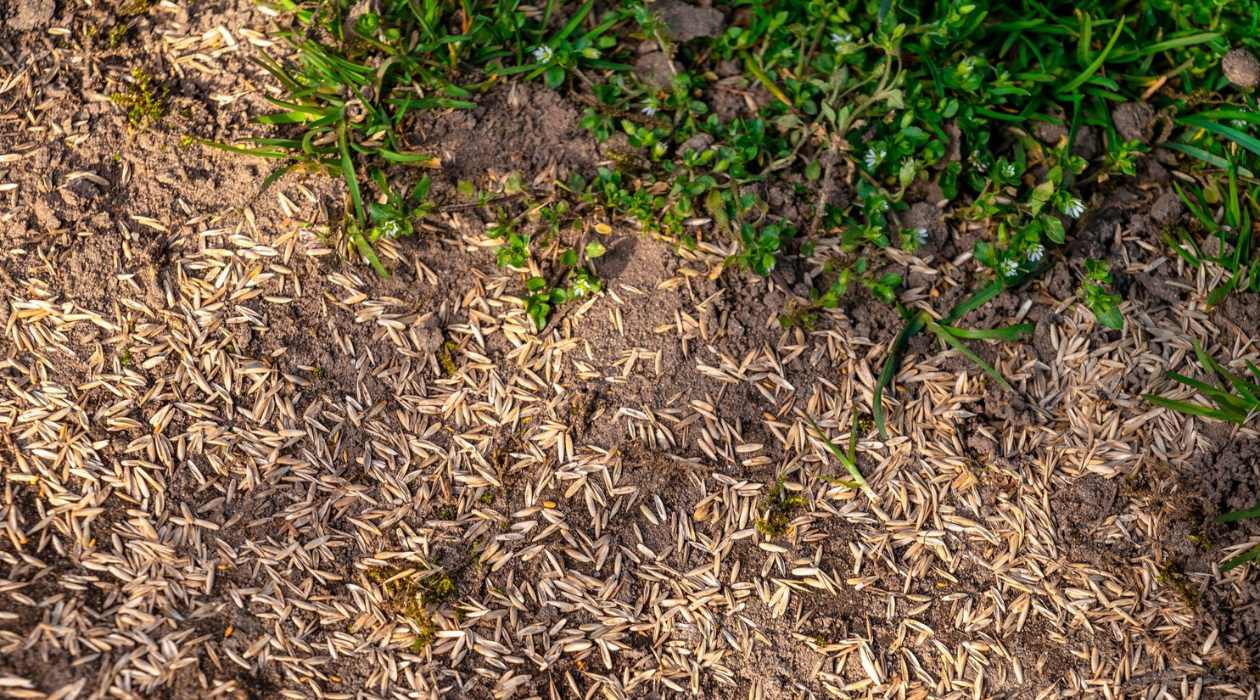
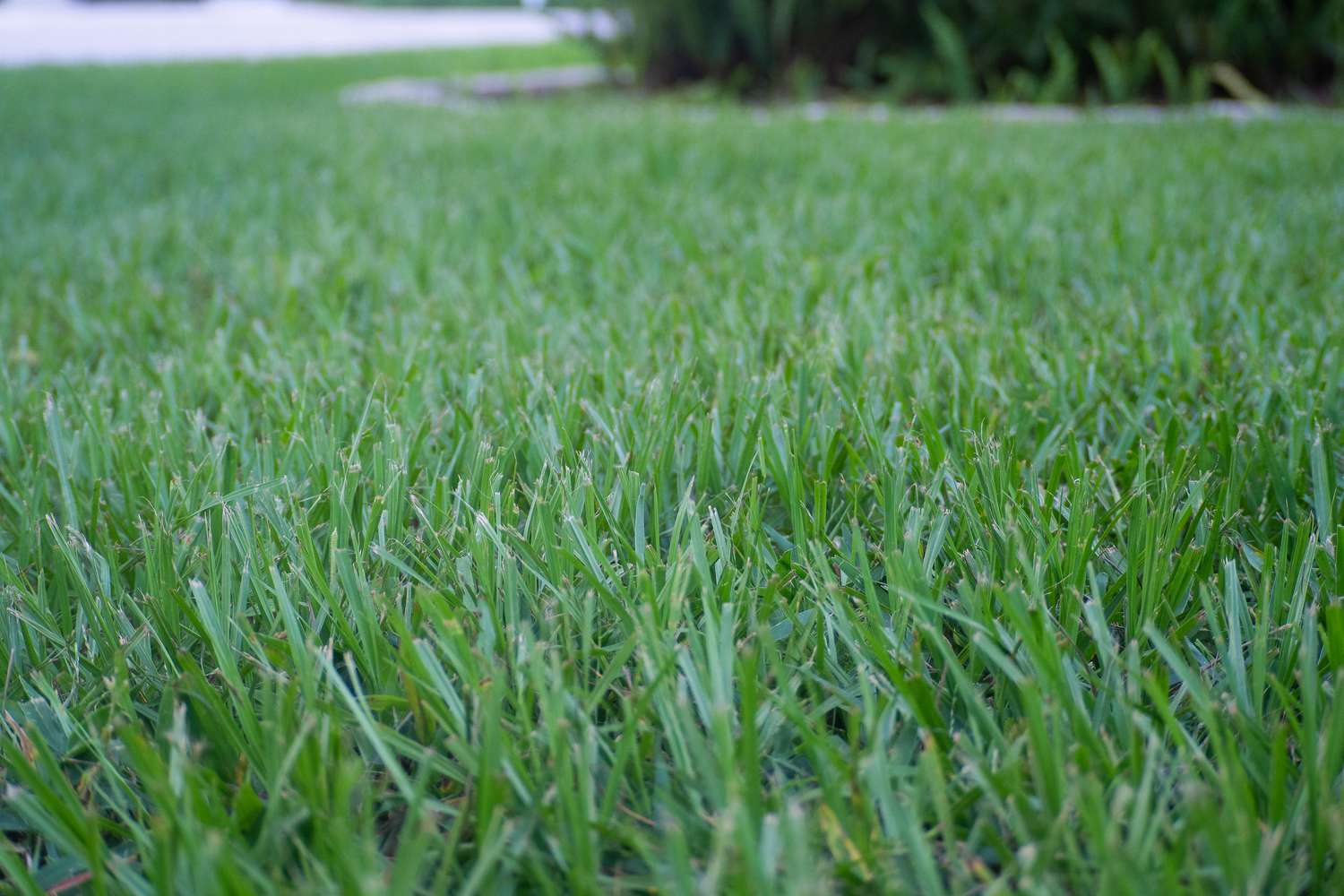
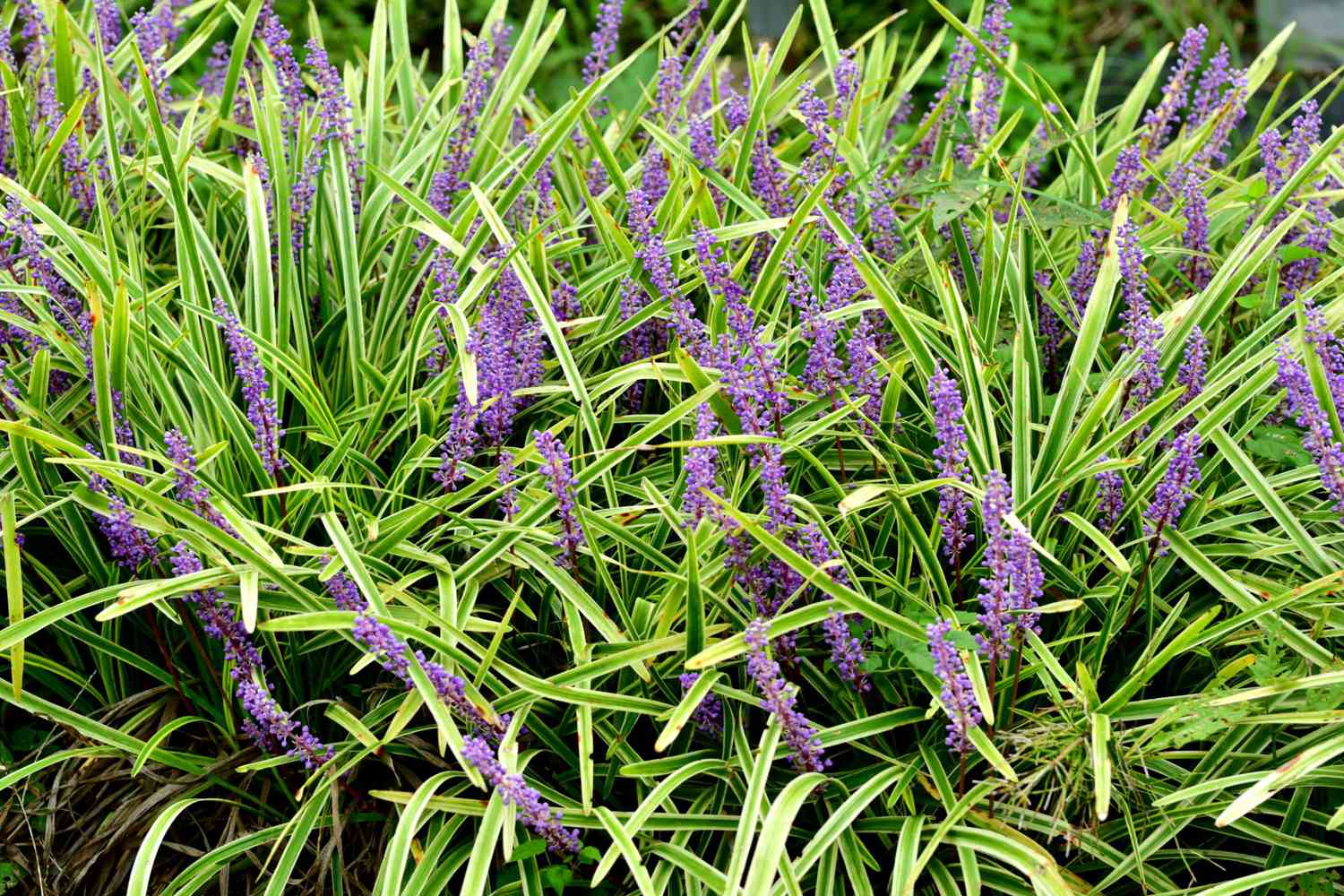
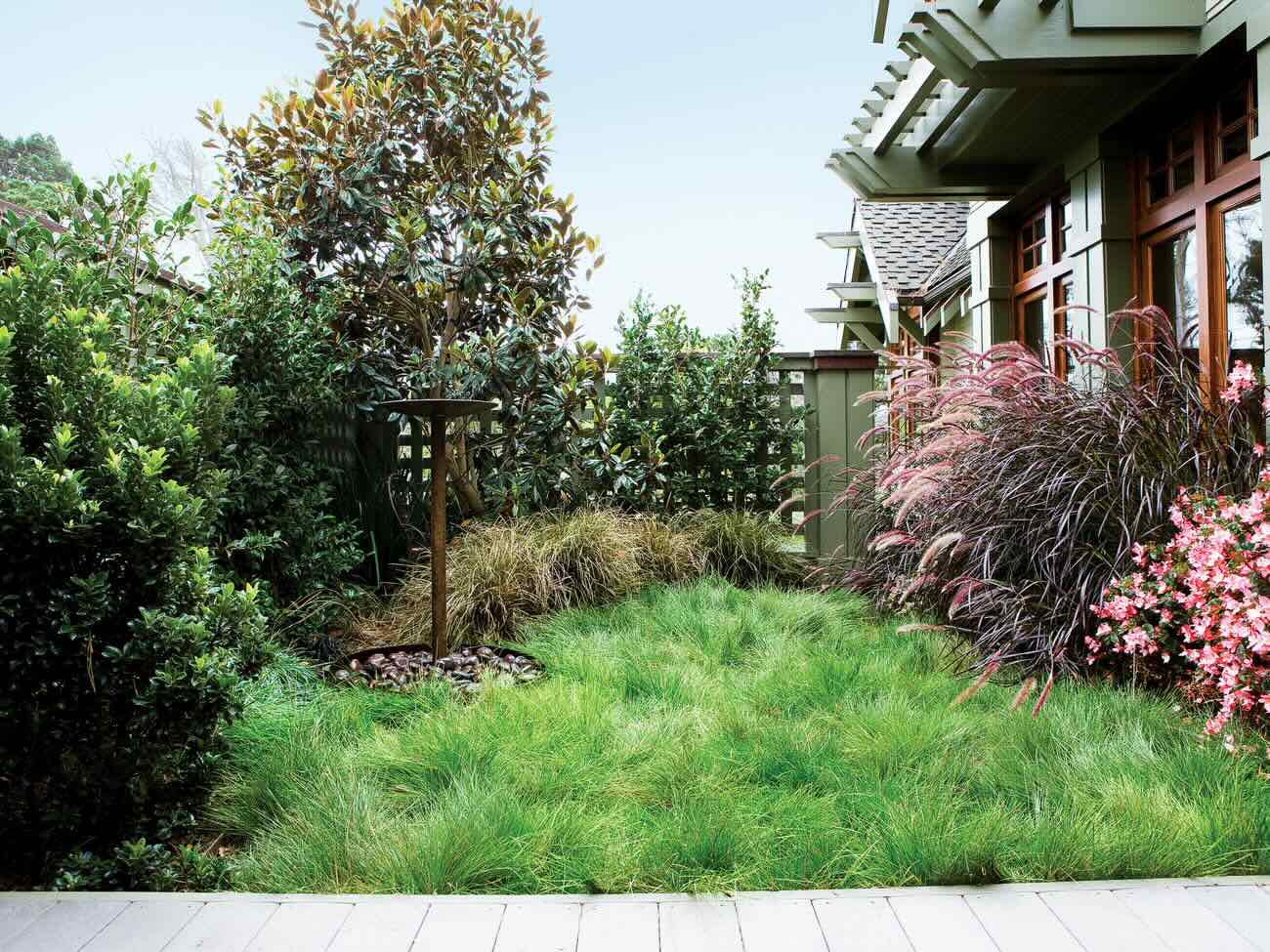
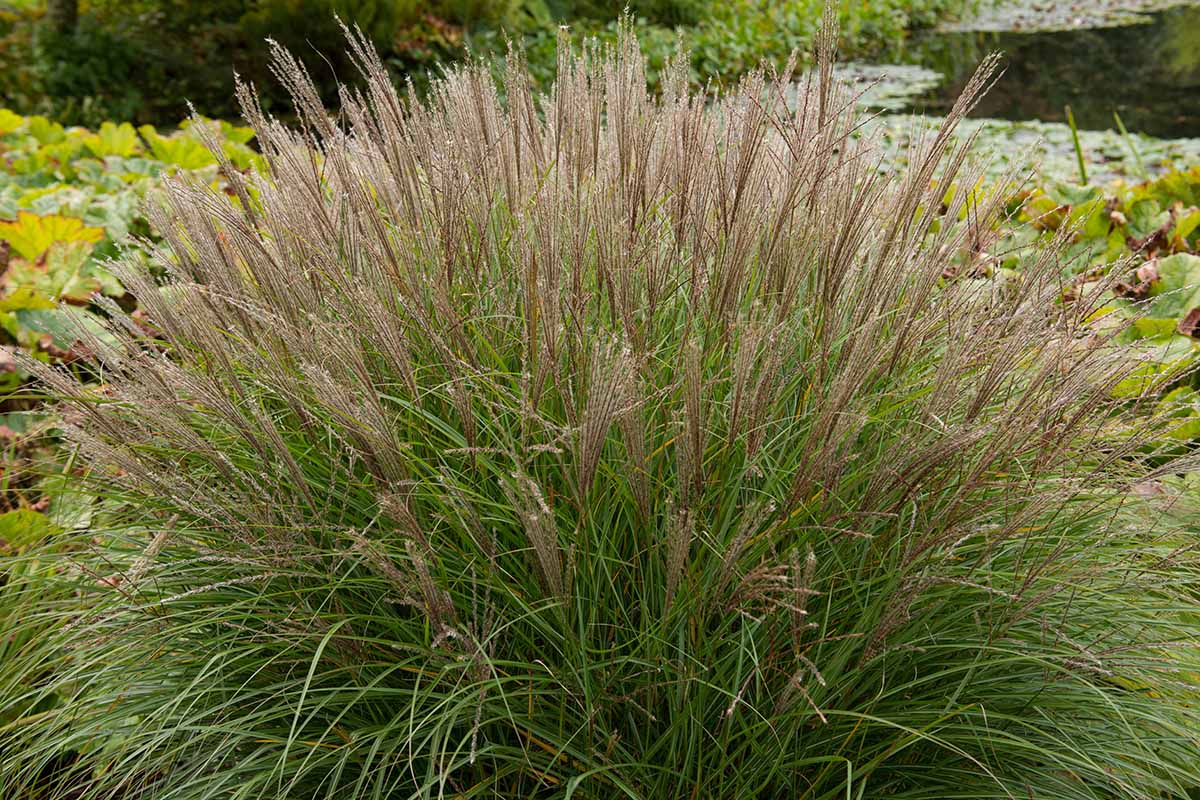
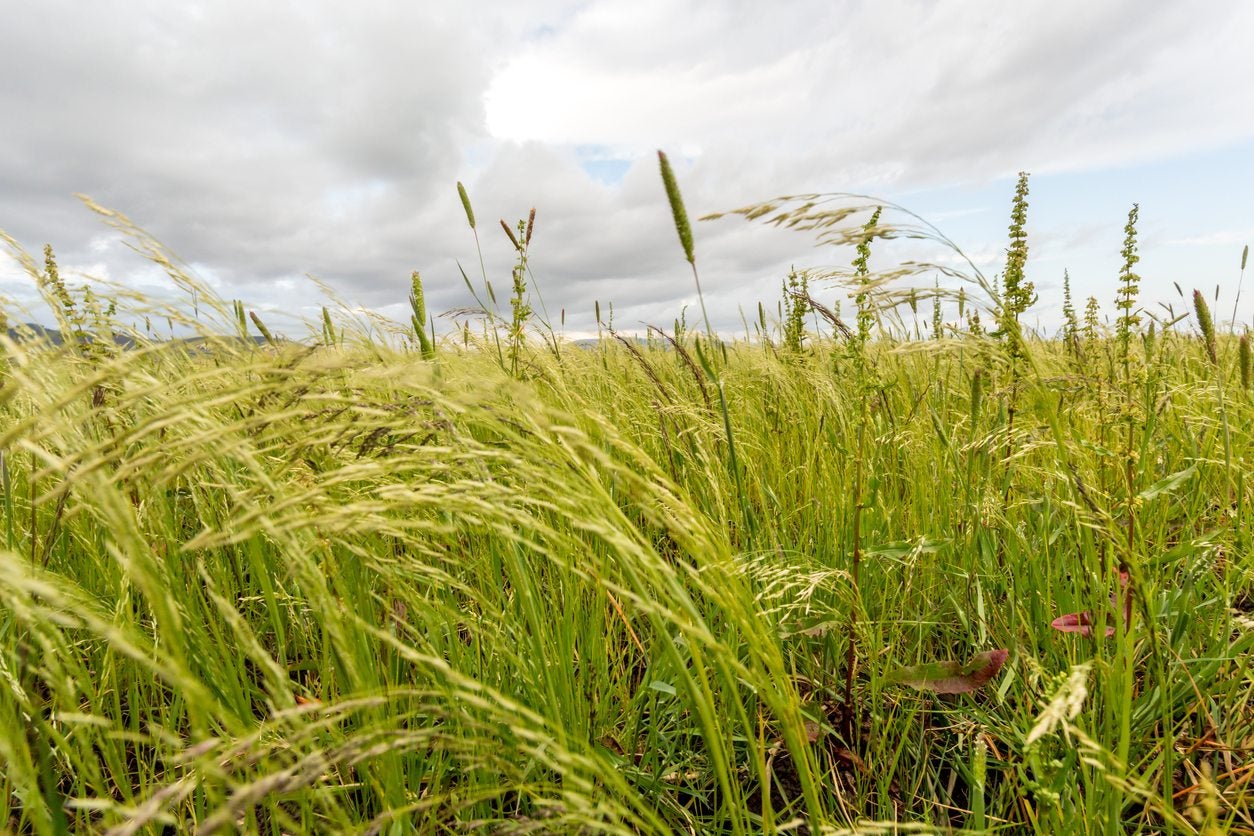



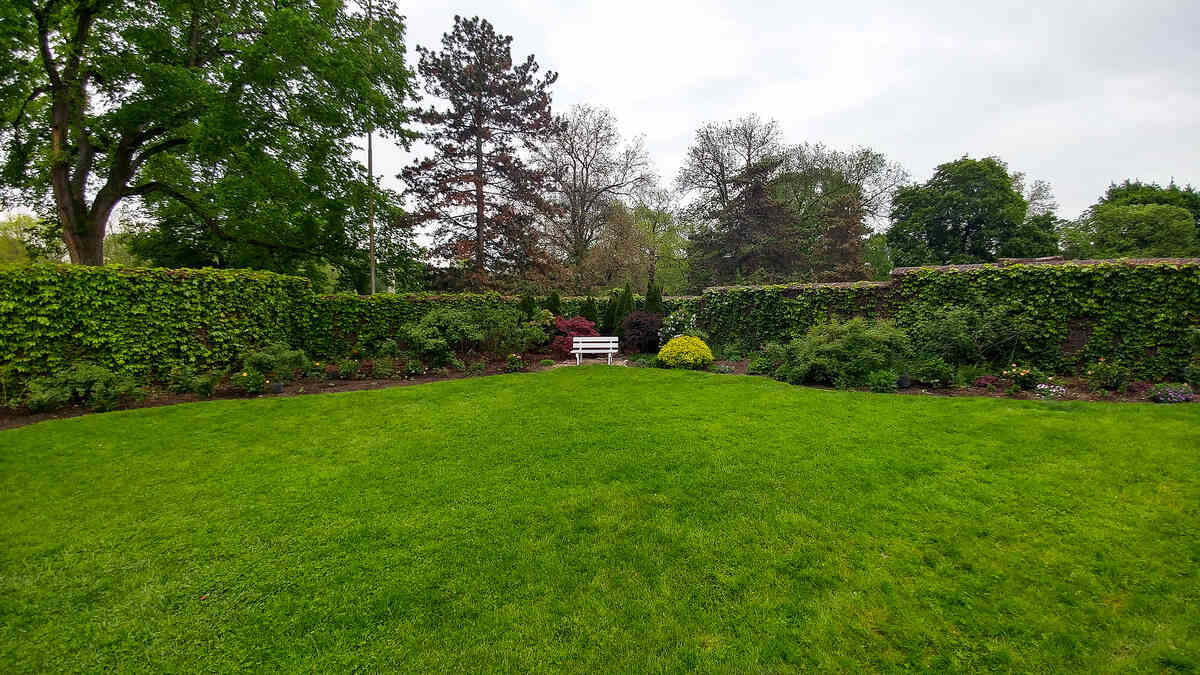
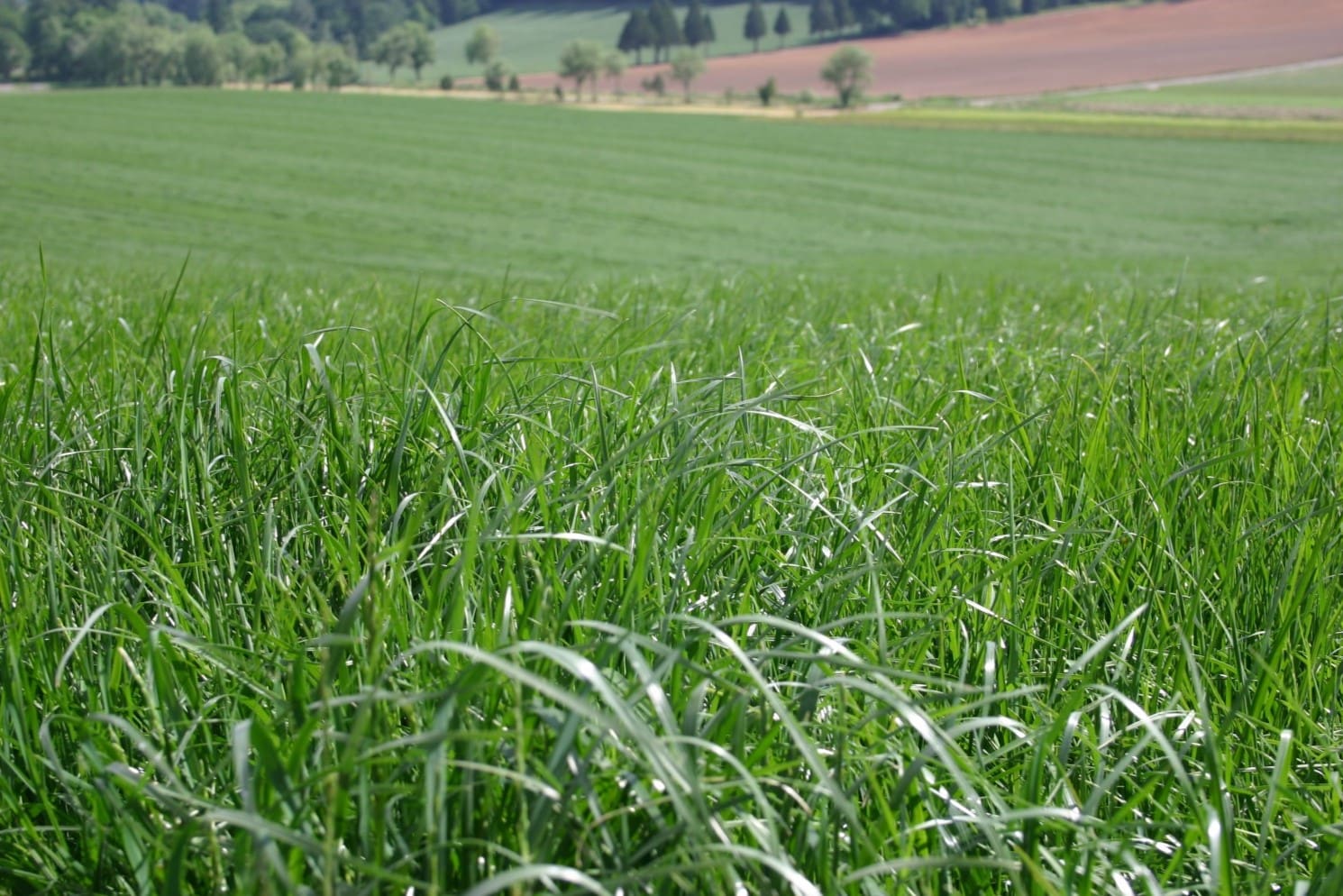

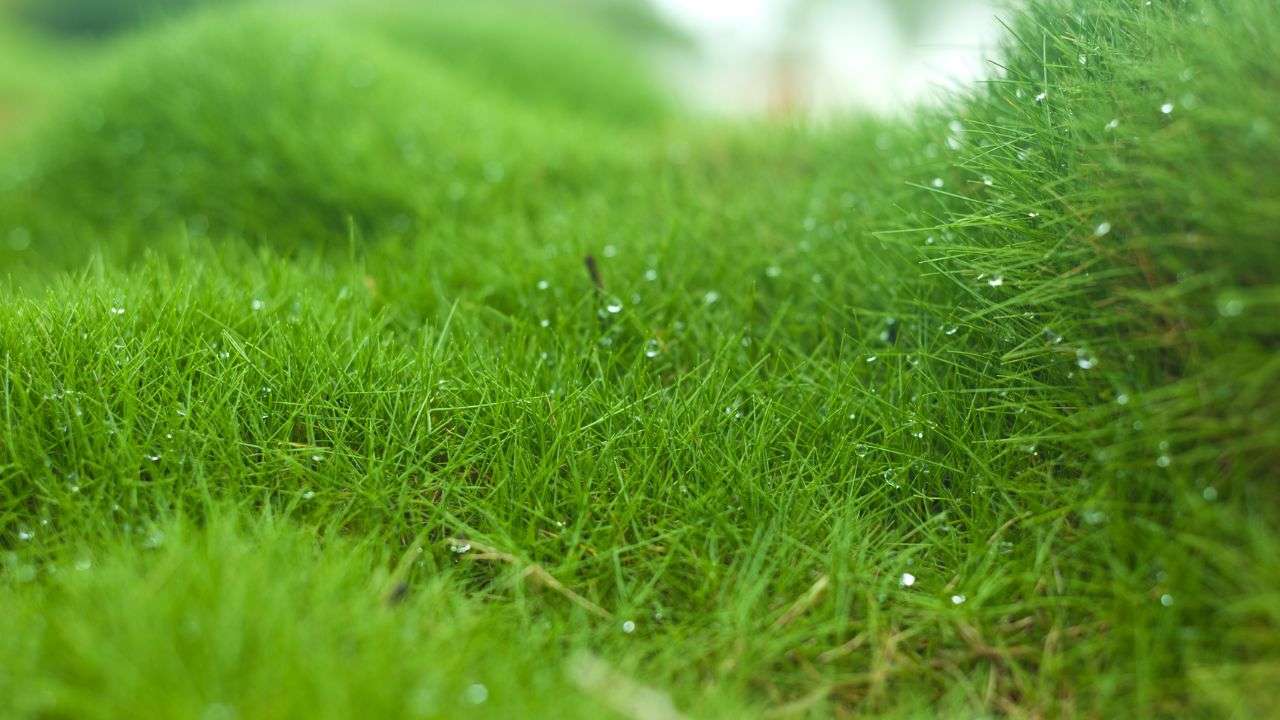

0 thoughts on “When To Plant Decorative Grass”